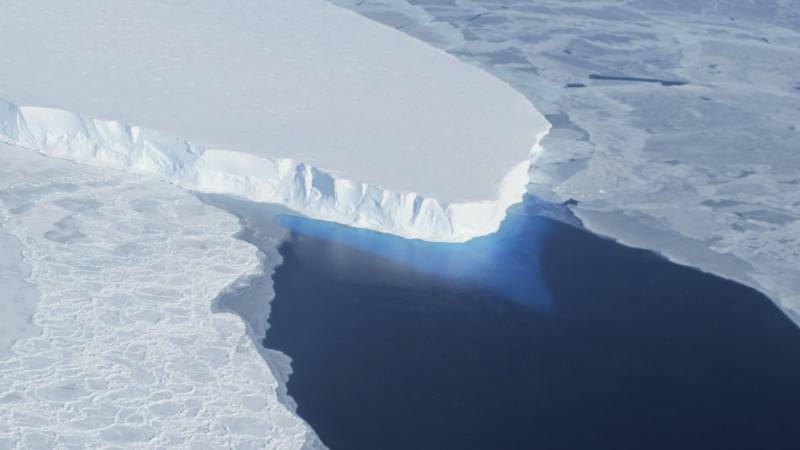A team of scientists says seawater flowing underneath and into gaps in the Thwaites Glacier in Antarctica is contributing to the melting of the massive ice formation — a potentially ominous sign of the coming effects of human-driven climate change from the world’s widest glacier.
These areas of the glacier may be undergoing “vigorous melting” from warm ocean water caused by climate change, which could lead to even more rapid sea-level rise around the globe.
“The worry is that we are underestimating the speed that the glacier is changing, which would be devastating for coastal communities around the world,” says Christine Dow, a professor at the University of Waterloo in Canada and co-author of the study, in a press release.
However, researchers say more work is needed to fully understand the effects of warm water beneath the ice formation.
At roughly 80 miles across, Thwaites is the widest glacier in the world and roughly the size of Florida. It has been nicknamed the “Doomsday Glacier” for the catastrophic effects its thawing could have on global sea-level rise.

